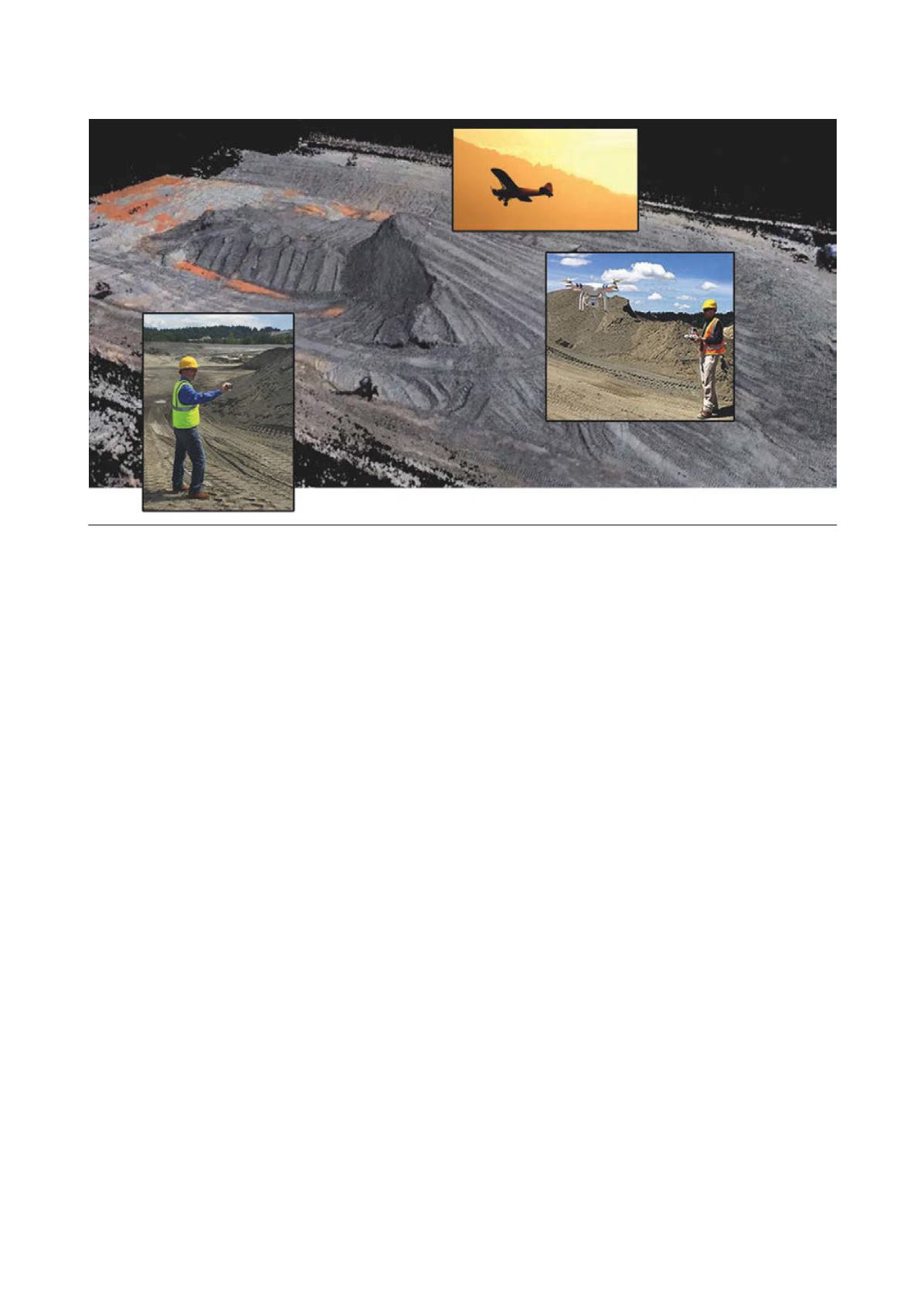
yet cubic yards of meters are used to
inventory. And do not forget the
safety challenges!
It is easy to become accustomed
to significant error in day-to-day
perpetual inventories – and the end
of year write-off. It is very common
to hear a story of a massive,
multi‑million dollar write-off that a
CEO and CFO had to explain to
investors and shareholders.
Everyone's site or production
manager has had to stand in front of
an executive at one point in their
career to explain how an error
happened – and promise that
inventory will be better managed
going forward.
Companies in the industry strive to
achieve and maintain an inventory
+/-5%. However, the actual variation
might realistically skew over/under in
the range of 20 – 30% vs actual. For
national or global companies with
multiple sites and locations, any
variation could easily multiply into the
tens or hundreds of millions of dollars.
Many have tried to manage
perpetual inventory better by using
scales to better manage production
and sales. Scales are working well for
tracking sales – but still generate
variances due to moisture. Scales are
being used for tracking critical
production – but are challenging to
implement for all production due to
cost and maintenance. Therefore more
frequent inventory counts are the most
viable solution to addressing perpetual
inventory accuracy.
Unlike retailers and manufacturing
companies, which perform physical
inventory counts once or twice a year,
materials companies must perform
more frequent counts to reduce errors
that build up over time. Historically,
companies have performed annual
inventory counts with quarterly or
monthly estimates to help manage
write-off risk. Some companies have
now advanced to twice-yearly, or even
quarterly counts.
The majority of CFOs and
controllers would perform more
frequent physical inventory counts, if
time and cost allowed. CFOs and
controllers report that the major costs
included in conducting a physical
inventory count are attributed to
management oversight, planning,
measuring, reviewing and reconciling
data, as well as updating financial
systems. Add to this, the costs of
labour and time to perform a count
using internal or external resources.
Each of these labour and time costs are
magnified by the range of a company’s
geographical distribution.
Monthly physical
inventory counts are the
first step to controlling
swings in inventory
Companies that achieve a more
accurate perpetual inventory through
monthly or quarterly physical
inventory counts receive several
positive business benefits:
n
n
Reduced financial write-offs.
n
n
Reduced stock-outs by ensuring
there is adequate material on hand
to support the business needs.
n
n
Better business decisions (i.e.
investment in resources or
equipment) and the ability to
set more realistic performance
goals (i.e. incentives) based on
productivity or cost per metric
tonne.
n
n
Meet and exceed audit
requirements.
Accelerate the speed
and reduce the cost of
physical inventory counts
through new technologies
Technological advances are now
shrinking the time needed to perform
company-wide physical inventory
counts from 3 – 5 weeks down to
3 – 5 days. The costs to perform
multiple quarterly or monthly counts
Perform monthly physical inventory counts with a mix of measurement technologies, including iPhones, drones and planes.
66
|
World Coal
|
March 2016


